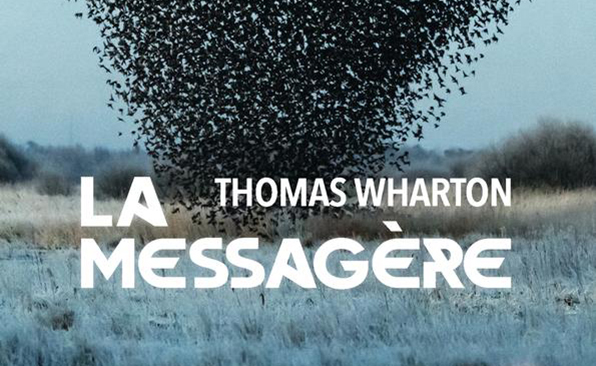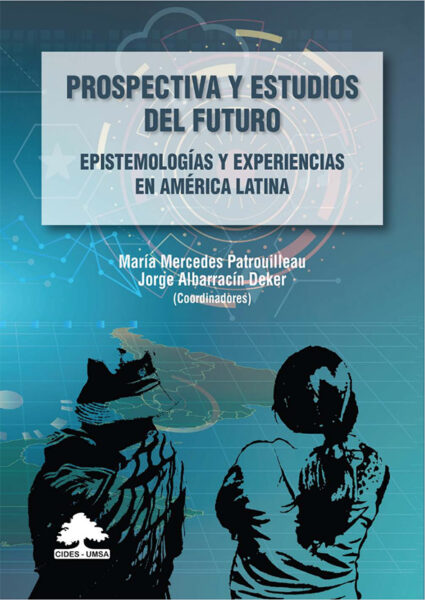In his article on oil and gas prospects published last April (no. 373), Jean Laherrère showed (p. 25) how natural gas forecasts in the USA since 1985 have turned out to be far removed from the actual development subsequently recorded. Such retrospective comparisons are quite rare, if only because the forecasters and other drafters of long-term planning studies prefer to look to the future rather than the past. However, as is shown in this article by Marie-Hélène Laurent, François Cattier, Dominique Osso and Prabodh Pourouchottamin who have attempted to carry out such a retrospective analysis of foresight studies on energy demand, such comparisons have a great deal to teach us.
After specifying the nature of the studies analysed (forecasts, foresight studies, projections), what they cover and the way they were elaborated (the use of a reference scenario in particular), the authors – though cautious as to the relevance of such retrospective comparisons – ask themselves three questions. First, was the study wrong and, if so, to what extent and in what direction? Then, why was it wrong? They show, for example, the various types of possible error (trajectory, trend, variability etc.) and their impact, the importance of the quality of hypotheses and of the profile of the authors involved, and the lessons that ensue. Lastly, posing the question of the seriousness of the errors found, Laurent et al. seek to put things into perspective: on the one hand, retrospective comparisons help to refine the analysis and reduce the potential risks of error in such exercises; on the other, they enable us better to grasp consumption systems dynamically, to identify the sectors in which it is most difficult to bring about change, and to refine the timescales of the measures to be implemented – the key element in all foresight studies being that the hypotheses and scenarios should be communicated with the greatest possible transparency.



